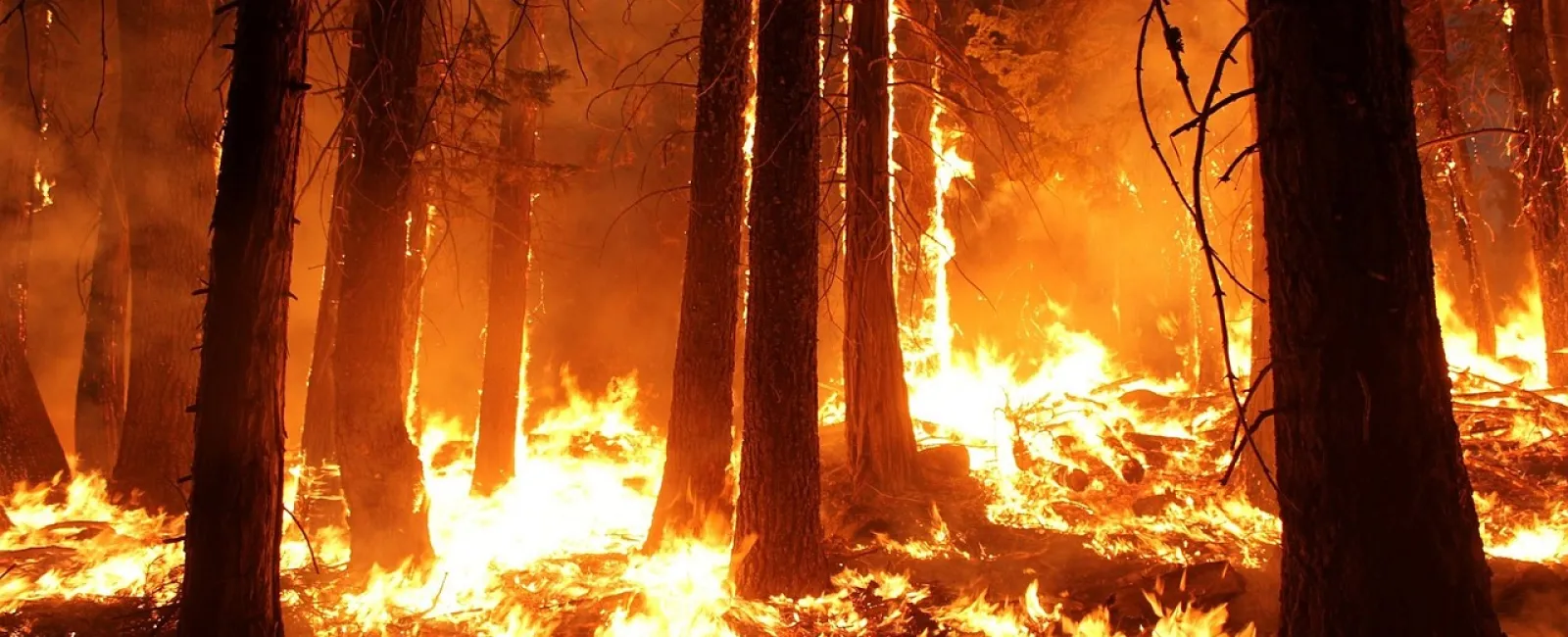Being Prepared with a Disaster Recovery Plan
When we talk about Disaster Recovery and Emergency Preparedness, hurricanes often come to mind first. This year was intense with the incomprehensible destruction due to Hurricane Michael and Hurricane Florence. While recovery efforts are still ongoing from hurricane damage, across the country in California a different disaster is causing havoc.
In early November, three different fire locations began burning across California, the Camp Fire, Woosley, and the Hill Fire. The Camp Fire is still actively burning and it is estimated it won't be fully contained until November 30th. The Woosley fire is now 96% contained and the Hill Fire is 100% contained. The Camp Fire is the deadliest and most destructive wildlife fire in California history. These fires have destroyed so much and there are an estimated 1000 people missing, at least 79 people dead and countless people who have been evacuated and affected by it.
Whether you are located in areas prone to hurricanes, tornadoes, earthquakes or fires, having a disaster plan in place is important regardless of where your office is located.
If a natural disaster did happen and your office was shut down and it wiped out your records, would you know how to piece your office back together? Most likely you wouldn't if you haven't developed a disaster recovery plan. Without a plan, you could be at a loss on how to proceed. A disaster recovery plan should serve as the blueprint for the recovery of your facility. It helps your employees and department heads better understand the day-to-day operations in the event or the aftermath of a disaster.
The first important thing to do is discuss where all your records are located. This includes; patient records, employee information, financial documents and equipment paperwork that you have in your office.All of this information should be kept in a secure location. Keep in mind that in the event of a disaster, there will be functions of the practice that cannot be accessed and certain considerations to be made, such as:
- The availability of patient charts and other pertinent information.
- Patient and employee contact information.
- Loss of functions from electronic devices, (i.e., phone, fax, laptops, tablets, etc.
- The length of time that a practice can function before depleting finances.
- The anticipation of potential theft.
- The securing of your facility, setting alarms, etc.
- Deliveries that cannot and will not be able to be delivered.
The next important thing to do is be sure that in there is a proper inventory kept of the office supplies and equipment. It is in the best interest of the practice to keep a secure record of the inventory to ensure that everything can be accounted for and/or replaced.
As your disaster recovery plan is being developed, be sure to include your staff as well. Having clear communications with employees will not only ensure there is a complete understanding of the operations of the office, but it will also instill confidence to your employees to fulfill the needs of the office in the event of a disaster. It is important to continually train your employees on how to evacuate the practice. Remind employees often where egress routes are, fire extinguishers are kept and how to lead the patients to a designated meeting location outside the practice. If your practice is located near other practices, it is a good idea to coordinate with them. Working together with other practices can be beneficial in helping patients, employees, or with any other help that may be needed.
Remember to at minimum annually review your disaster plan and implement any changes needed. Your disaster recovery plan will be important determining the difference between the success or the failure of your practice. We hope that you will never have to use your disaster recovery plan, but having a plan in place will ensure your future in the event that a disaster becomes a reality.

